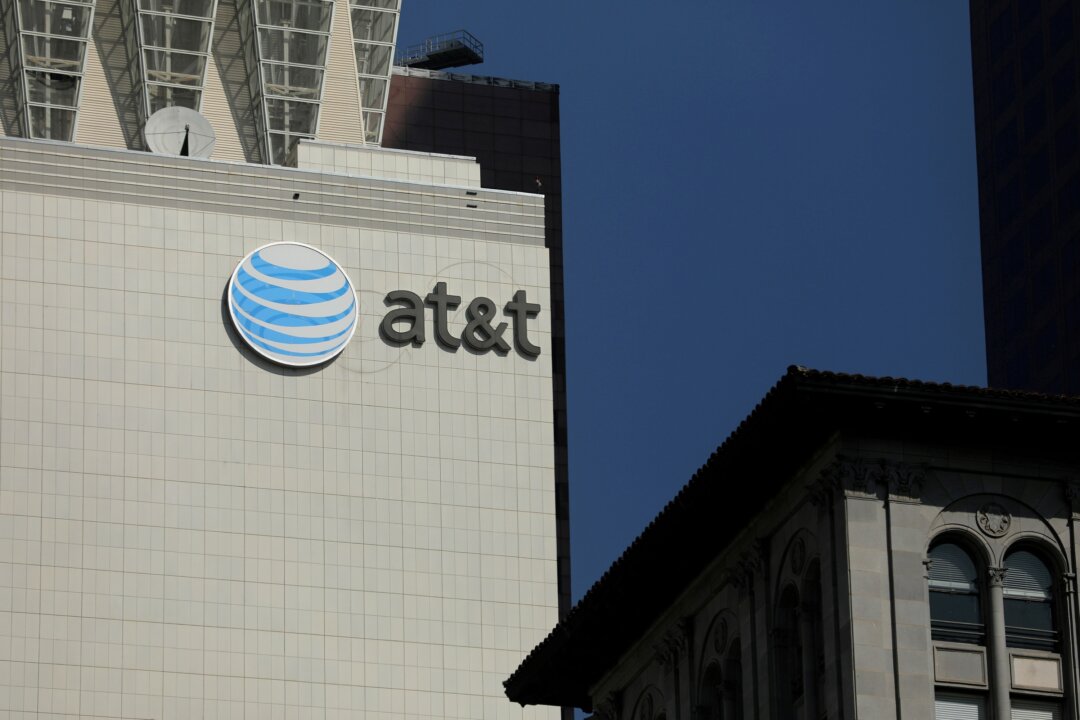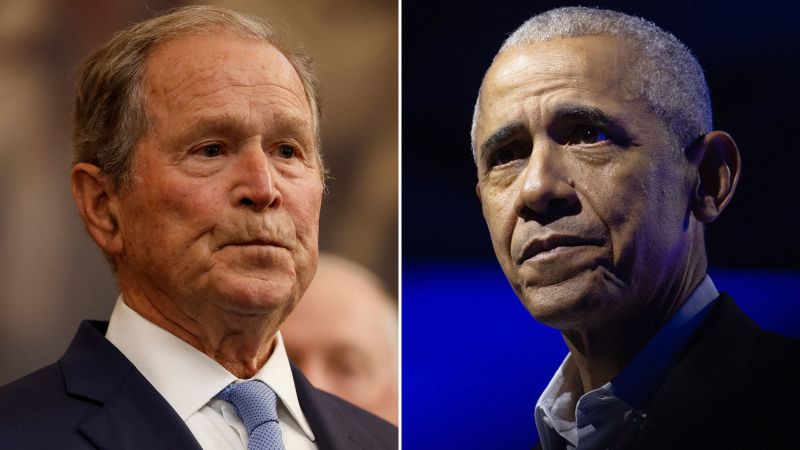A recent conference call involving former President Donald Trump and faith leaders was abruptly disrupted, leading Mr. Trump to publicly accuse telecommunications giant AT&T of network failure. This incident immediately ignited a public exchange, highlighting the critical role of technology in modern political discourse and the swift assignment of blame when digital platforms falter.
The highly anticipated call, intended to connect Mr. Trump with influential faith leaders, was reportedly cut short due to unexpected technical difficulties. Following the disruption, Mr. Trump wasted no time in pointing fingers at AT&T, suggesting their vast telecommunications network was directly responsible for the interruption. Such an accusation from a prominent political figure carries significant weight, drawing immediate attention to the perceived reliability of essential digital infrastructure, particularly when used for high-stakes political engagements and strategic communication.
In a rapid response to the former President’s allegations, AT&T issued a clarifying statement. The company’s initial analysis of the incident indicated a different origin for the disruption. According to AT&T, the issue was not rooted in their expansive network infrastructure but rather stemmed from the conference call platform itself. This crucial distinction shifts the focus of responsibility, moving it from the broader telecommunications provider to the specific third-party service facilitating the call.
This technical nuance underscores the complex interplay between different layers of technology that enable large-scale digital communication. While AT&T is a telecommunications behemoth providing core network services, conference call platforms often operate as distinct entities, relying on, but separate from, the underlying network. The incident serves as a pertinent reminder of the potential vulnerabilities inherent in these digital communication systems, especially when utilized for public addresses by figures like Donald Trump, where seamless execution is paramount.
The swift exchange between a former President and a major technology corporation brings into sharp focus the intense public scrutiny surrounding technological reliability and corporate accountability in the modern era. When a platform vital for political communication encounters a glitch, the immediate demand for answers and the quick assignment of blame become inevitable. This particular event prompted discussions far beyond the technical malfunction, delving into the expectations placed upon telecommunications providers and the broader implications for maintaining uninterrupted public discourse.
While AT&T’s statement aimed to clarify the precise technical root cause, asserting that their network was not the culprit, the incident nonetheless generated considerable public discussion. It underscored the challenges associated with ensuring flawless communication for high-profile individuals and the immediate reactions triggered by any perceived failure in the digital realm. The episode serves as a notable case study in how technical disruptions can quickly escalate into broader political and corporate dialogues, emphasizing the interconnectedness of politics and technology in contemporary society.
Discover more from The Time News
Subscribe to get the latest posts sent to your email.






